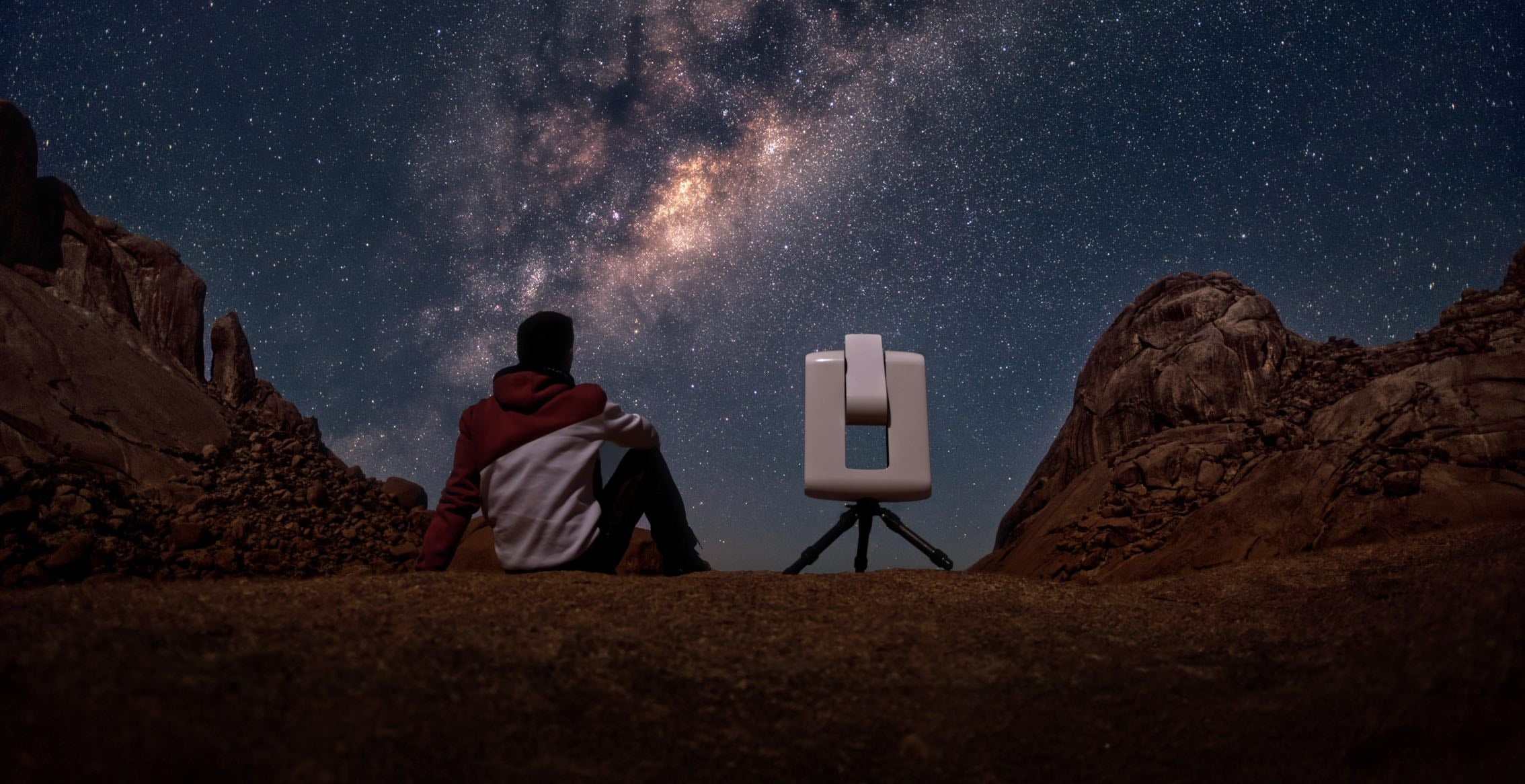
Blog.
Your ultimate guide to mastering astronomy. From expert tutorials to the latest astro news and product updates, get everything you need to elevate your stargazing adventures!

21 May. 2025
What to observe in the sky in June 2025 with a smart telescope

30 Apr. 2025
What to observe in the sky in May 2025 with a smart telescope

23 Apr. 2025
CLS vs. Dual-Band filters: how to choose and use them effectively

02 Apr. 2025
What to observe in the sky in April 2025 with a smart telescope ?

26 Mar. 2025
The March 29, 2025, Partial Solar Eclipse

04 Mar. 2025
March 2025 Total Lunar Eclipse guide: visibility, timings & observation tips


